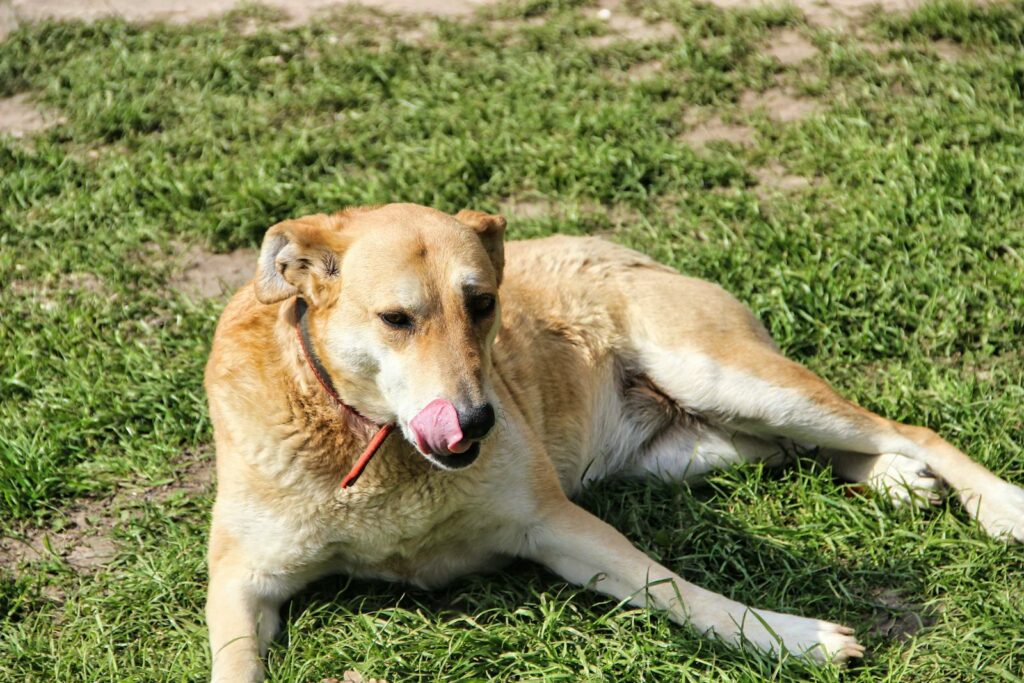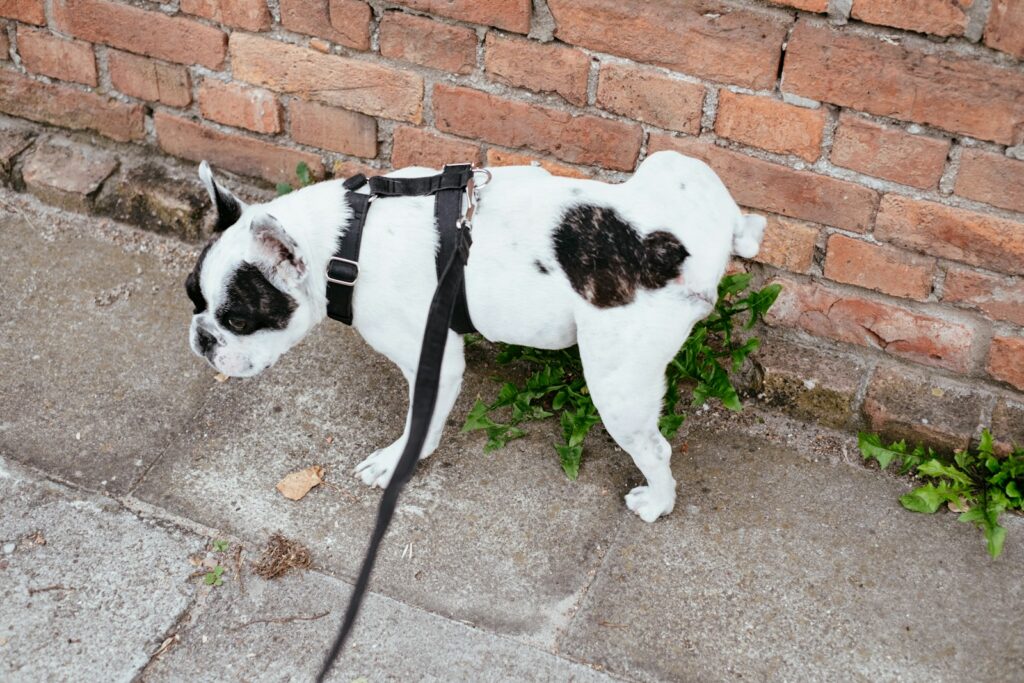15 Signs Your Dog Is Feeling Abandoned by You

Dogs are social creatures that need routine and interaction. They can express their feelings in different ways when they feel abandoned or neglected.
Here are 15 signs that your dog might be feeling abandoned, along with tips on what you can do to help them feel more secure and loved.
Excessive Whining or Crying

If your dog starts whining or crying more than usual, especially when you’re getting ready to leave, it could be a sign of separation anxiety or feelings of abandonment. This vocalization is their way of expressing distress. Try making departures less emotional by keeping things calm, and provide comfort items like a toy or blanket with your scent.
Pacing Around the House

Pacing back and forth or around the house is a common sign of restlessness and anxiety in dogs that feel abandoned. They may pace near the door or windows, waiting for you to return. Providing mental stimulation and toys can help distract them while you’re away and keep their mind occupied.
Clinginess or Following You Everywhere

If your dog has become overly attached and starts following you from room to room, it might be because they fear being left alone. Dogs that feel abandoned often seek constant reassurance. Spend quality time with them, offering plenty of attention before leaving to help reduce their anxiety.
Excessive Barking or Howling

Dogs that feel abandoned may resort to barking or howling when they are left alone. This is a way of calling out for their owner, and it often signals distress. To help ease their anxiety, try leaving on a TV or radio to provide some background noise, and consider giving them a special toy or treat that they only get when you’re gone.
Loss of Appetite or Refusing to Eat

A dog who feels abandoned may lose interest in food, especially if they usually eat when you’re around. This loss of appetite can be a sign of emotional stress. Make sure your dog has a consistent feeding routine, and ask a friend or family member to check in and feed them during long absences.
Sleeping More Than Usual

If your dog has started sleeping more than usual, especially during the day, it could be a sign of boredom or depression caused by feelings of abandonment. Ensure they have plenty of physical and mental stimulation throughout the day to keep them active and engaged.
Destructive Behavior

Chewing furniture, tearing up pillows, or getting into the trash when left alone are common signs of separation anxiety. Destructive behavior is often an outlet for pent-up energy or frustration caused by feeling abandoned. Providing chew toys, puzzle games, or scheduling a dog walker to break up their day can help reduce these behaviors.
Ignoring You or Withdrawing

If your dog starts avoiding you or withdrawing, it can be a sign that they feel emotionally neglected. They might refuse to greet you when you come home or choose to spend time alone rather than with you. Rebuilding your bond with one-on-one time and affection can help strengthen your connection.
Peeing or Pooping Indoors

House-trained dogs that suddenly have accidents indoors may be trying to express their distress from feeling abandoned. This behavior can be caused by anxiety or stress from long periods of isolation. Reinforcing their bathroom routine and ensuring they get regular potty breaks can help alleviate this issue.
Excessive Licking or Grooming

If your dog starts licking themselves excessively or grooming obsessively, it could be a sign of anxiety. Dogs often engage in these repetitive behaviors as a way to cope with stress or emotional discomfort. Providing more physical and mental stimulation, and consulting a vet if needed, can help reduce this compulsive behavior.
Changes in Bathroom Habits

In addition to accidents indoors, your dog may experience changes in their everyday bathroom habits, such as going less frequently or appearing reluctant to go outside. These shifts can be due to stress from feeling abandoned. Make sure tomaintain a consistent schedule for walks and outdoor time to help your dog feel more secure.
Increased Aggression or Irritability

If your dog starts showing signs of aggression, such as growling, snapping, or becoming more territorial, it could be due to feelings of abandonment or neglect. Dogs that feel insecure may lash out in frustration. Address this behavior by giving them positive reinforcement when they act calmly and consider seeking help from a professional trainer.
Constant Need for Attention

A dog that is feeling abandoned may constantly seek attention, pawing at you, nudging, or barking to get your focus. This behavior is a sign that they’re craving more interaction and reassurance. Make time to play and cuddle with your dog each day to show them that they’re still an important part of your life.
Sudden Behavioral Changes

If your dog’s overall behavior has changed suddenly—whether it’s becoming more withdrawn, anxious, or disobedient—it could be a sign that they’re feeling emotionally abandoned. Pay attention to these subtle changes and consider how recent changes in routine or time spent away may be affecting them.
Acting Out When You Leave

If your dog becomes visibly upset when you leave, such as barking, scratching at the door, or showing signs of panic, they may be feeling abandoned and anxious about being left alone. To help, try making your departures less dramatic by avoiding long goodbyes and giving them something to keep their mind occupied, like a special toy or treat.





